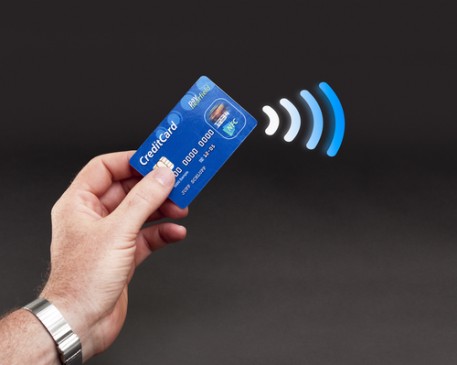Contactless Payment Card Shipments Surge

The numbers are in, and according to the data, contactless cards are penetrating the market at an alarming and impressive rate.
In new research released by the Smart Payment Association, the data revealed that 40 percent of the more than 1.5 billion smart payment cards shipped worldwide in 2014 were contactless. Reports say that figure represents a year-on-year growth of a whopping 35 percent.
Much of that progress, SPA says, stems from markets in Europe and Asia, while in the U.S. the migration to EMV chip card standard fueled the contactless card growth. In the U.S. alone, a total of 150 million smart payment cards were shipped in 2014, and nearly 10 percent of those cards were contactless; compare that with just 30 million cards shipped in the U.S. the year prior.
SPA president Sylvie Gibert highlights the impact of the EMV migration in this trend. “The continued and growing adoption of EMV-standard technology in the United States not only adds a greater security dimension, but offers contactless possibilities both on the card and through embedded secure elements within NFC-enabled mobile devices.”
Overall, Gibert noted, the growth of smart payment cards and contactless cards is driven by a changing consumer landscape. “In 2014, we saw banks and retailers respond to consumer demands for faster more convenient and more secure ways to pay as contactless shipments grew to their highest levels.”
Security levels for contactless cards have been a major point of focus in recent months. Just last November, researchers revealed they found a security hole in Visa’s contactless card products in which hackers in the U.K. could potentially bypass the £20 limit as long as a foreign currency was chosen. Visa, however, said that its “multiple safeguards” implemented with the technology protect consumers from the oversight.